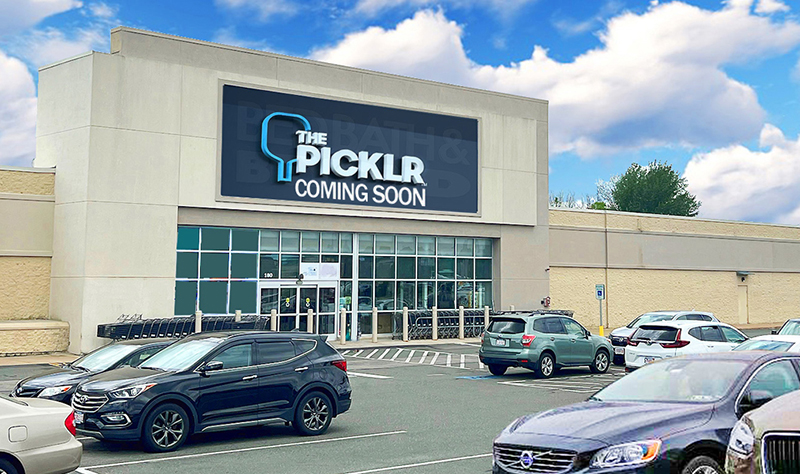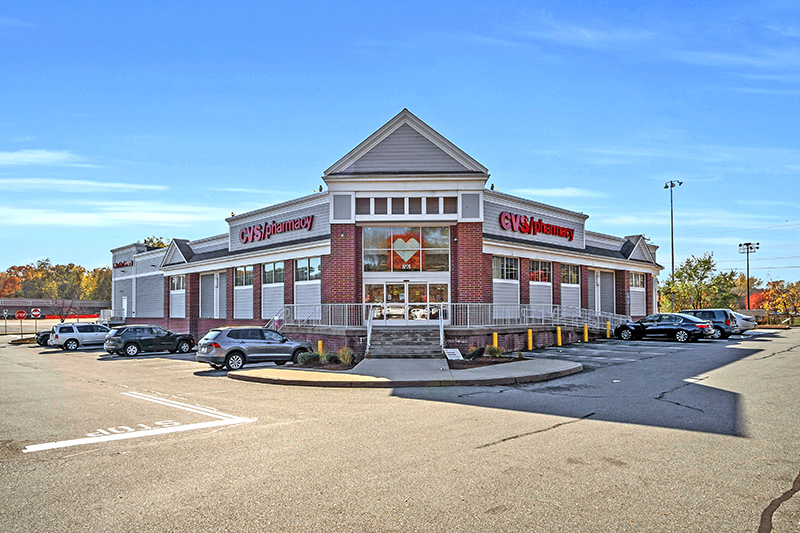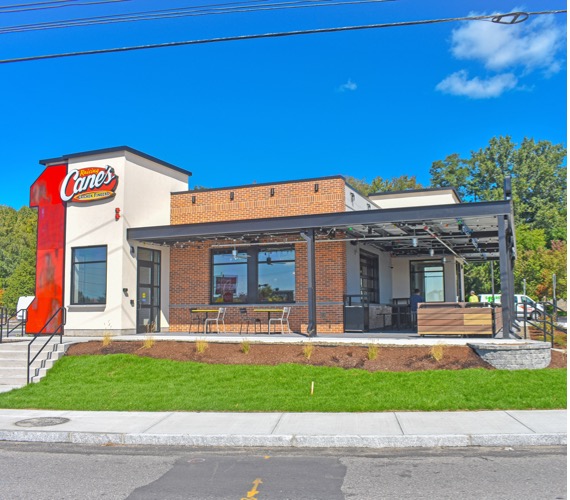Choosing the right structural engineer upfront brings value and savings - by Giancarlo Botazzi
 Giancarlo Botazzi, Green International
Giancarlo Botazzi, Green InternationalGiven today’s development environment where there is an emphasis on smart growth for new projects and revitalizing older retail centers to create sustainable, comfortable and attractive new lifestyle opportunities, the result is a more complex building design process than traditionally was the case. Consequently, it is critically important as well as prudent for the owner or the owner’s architect to bring on the structural engineer early in the process of building evaluation and design. Doing so can make the difference in avoiding project delays and post-construction issues and saving thousands of dollars to achieve the overall goal whether the project is a renovation or new construction.
Over the past decade or so, there has been the trend where many owners of shopping malls have instituted a renovation or revitalization project which can be considered a “de-malling” project – when enclosed or interior walkways serving a multitude of shops is transformed to a new center with all store access from the outside. Another common renovation project involves taking an older strip center and renovating the façade by introducing new finishes and bold new high pop-up structures along the front. In another case, a center is being renovated by keeping the end anchors in place but completely gutting and rebuilding the area in between the two anchors. These types of projects require structural design. Early pre-design discussions with major retail tenants on how their buildings are being renovated can assuage their concerns on possible disruptions to their operations.
Green’s structural engineering group provides the expert design, inspection and evaluation services for buildings and projects noted above. A major emphasis of the group is its work related to the retail center environment. Green utilizes the latest structural engineering analysis and design software in conjunction with the Revit Building Information Modeling (BIM) software to produce compete digital representation of a building’s structure.
As noted earlier, there are many benefits to having the structural engineer involved early in the process of a renovation or revitalization project. First, many of these shopping centers were constructed in the 1950s, 1960s and 1970s. Building codes have changed dramatically since that time. The Massachusetts code, for example, is more stringent than most and the older structures typically fall short in meeting the requirements. Early involvement enables Green’s structural engineers to investigate and evaluate the building structure that is expected to remain in place, taking into consideration what the owner and the architect want to create in the proposed rebuild section and how the old and new sections are to be integrated or connected. Using this information, a review of the current code and the analysis tools available, the ability of the older structure to support the project can be determined as well as any special design requirements identified early on in the process.
In some cases, older centers were previously modified or significantly expanded under different regulations and practices and the structural capability of the structure is found to be deficient or in need of reinforcement given the new project design. Without the structural engineer on board from the outset, the owner runs the risk of not identifying these conditions early in the design process. This can lead to higher than anticipated costs later in the design and bidding phase.
Assuming the owner develops a good relationship with the structural engineer over a period of time, the engineer can be an invaluable resource and asset for the owner of these types of renovation projects. The engineer can also assist the owner with structural concerns and issues that may develop on their operating retail centers. The structural engineer as a trusted member of the team, can also provide independent peer review or 2nd opinions of a proposed design for the purpose of confirming the design is safe and meets code or to identify areas where cost savings can be realized without sacrificing safety and the intent of the overall design.
The bottom line is that it behooves the owners of shopping centers, particularly older centers, to engage with a good building structural engineer that recognizes the special design criteria of retail development and design, to develop a relationship with the structural engineer and have the engineer at the table in any renovation or retrofit project as it is being envisioned.
Green is a multi-disciplined engineering firm serving New England and New York and in addition to building structural engineering services, the firm provides a range of engineering and technical services for land development projects including retail center projects. These services include traffic engineering and access planning, landscape architecture, site design and environmental permitting, civil engineering and surveying. Recent projects include Pleasant Valley Crossing/Market 32 on Route 146 in Sutton (MA), the Marketplace Shrewsbury on Route 9, University Station off I-95 in Westwood (MA), and the Newton Nexus Retail Complex on Needham Street in Newton (MA). Green has also directly assisted numerous big box retailers such as Wegman’s Food Markets, Lowes Home Improvement Centers and A.C. Moore.
Giancarlo Botazzi, PE, SECB, is group leader - building structural engineering for Green International, Westford, Mass.
Mace of KeyPoint Partners negotiates 36,192 s/f lease for The Picklr at Endicott Square
Danvers, MA KeyPoint Partners (KPP) negotiated a lease with the nation’s premier indoor pickleball venue The Picklr at Endicott Sq. Vice president of retail brokerage Don Mace negotiated the transaction on behalf of the landlord.





.jpg)


.png)